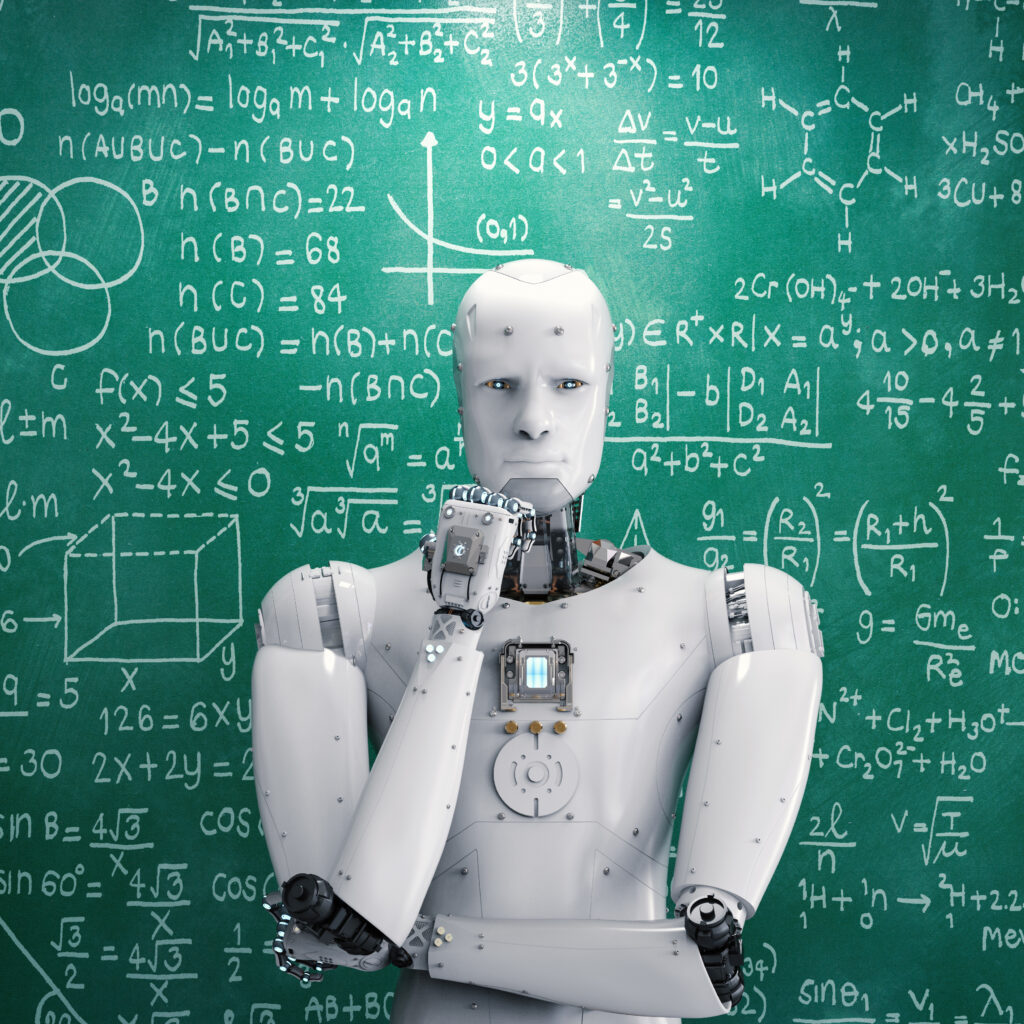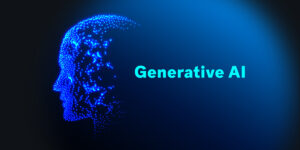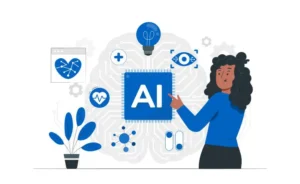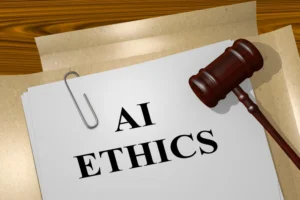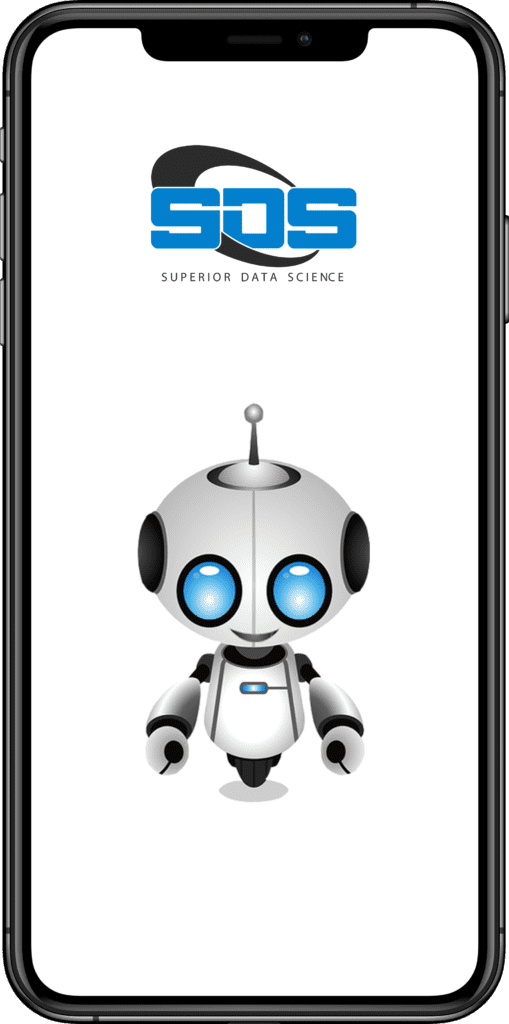In the realm of artificial intelligence, the evolution of generative AI has been nothing short of remarkable. From the inception of Generative Adversarial Networks (GANs) to the rise of Transformers, this cutting-edge field has transformed the way machines create and understand content. Let’s embark on a journey through the milestones and innovations that have shaped generative AI into what it is today.
Neural Networks
The Backbone of Generative AI Neural networks serve as the foundation of generative AI, enabling machines to learn and create based on vast amounts of data. Techniques such as GANs and autoencoders leverage neural networks to generate new content by understanding patterns and relationships within the data.
Machine Learning Algorithms
Driving Innovation Machine learning algorithms play a pivotal role in advancing generative AI. Reinforcement learning, in particular, enhances the adaptability of AI models by introducing decision-making capabilities. This enables AI systems to learn and evolve through interactions, further expanding their creative potential. Furthermore, machine learning algorithms play a pivotal role in advancing generative AI.
Artificial Intelligence Evolution
A Brief Overview The journey of artificial intelligence evolution has been characterized by significant milestones and breakthroughs. From the early days of simple rule-based systems to the complex neural networks of today, AI has undergone a remarkable transformation, paving the way for generative AI to thrive. Additionally, the journey of artificial intelligence evolution has been characterized by significant milestones and breakthroughs.
Data Generation Techniques
Unlocking Creativity Data generation techniques, such as those employed by GANs and autoencoders, play a crucial role in unlocking creativity within AI systems. By synthesizing new data based on existing patterns, these techniques enable machines to generate realistic content across various domains. Moreover, data generation techniques play a crucial role in unlocking creativity within AI systems.
Sequential Data Processing
The Power of Transformers Transformers have emerged as a game-changer in the realm of generative AI, particularly in processing sequential data tasks. Their self-attention mechanism allows them to capture dependencies regardless of distance, making them highly effective in understanding context and generating coherent content.
Benefits of The Evolution of Generative AI
Moving on to the benefits of the evolution of generative AI:
-
- Educational Resource: Provides insights into the development and advancements of generative AI, serving as an educational reference for students, researchers, and professionals.
- Industry Insights: Offers valuable information about the applications and impacts of generative AI across various industries, from healthcare to creative arts.
- Technological Showcase: Highlights the progression from GANs to Transformers, showcasing the evolution of techniques and technologies within the field of generative AI.
- Ethical Considerations: Raises awareness about the ethical implications of AI development, including issues such as bias, fairness, and privacy concerns.
- Future Trends Analysis: Provides analysis and speculation on the future trends and potential advancements within generative AI, offering valuable insights for industry stakeholders and policymakers.
Anomaly Detection Methods
In addition to generating new content, generative AI techniques are instrumental in anomaly detection. Furthermore, autoencoders can reconstruct input data and identify deviations from normal patterns, making them invaluable for detecting anomalies in various applications. Moreover, Neural Networks serve as the foundation of generative AI, enabling machines to learn and create based on vast amounts of data. Furthermore, in addition to generating new content, generative AI techniques are instrumental in anomaly detection.
Language Generation Models
Language generation models, such as the Generative Pre-trained Transformers (GPT) series, have redefined the way we communicate with machines, fundamentally altering our interactions. These models can generate human-like text across diverse domains, from creative writing to technical documentation, revolutionizing the way we interact with AI systems.
Responsible AI Development
Addressing Ethical Concerns As generative AI continues to advance, it’s essential to address ethical concerns surrounding bias, fairness, and privacy. Responsible AI development practices ensure that AI systems are developed and deployed in a manner that respects ethical principles and safeguards against potential harm. Additionally, Transformers have emerged as a game-changer in the realm of generative AI, particularly in processing sequential data tasks.
Medical Imaging Synthesis
The potential of generative AI in healthcare is vast; particularly, in the field of medical imaging synthesis, innovations are evident. AI models can generate synthetic medical images that aid in diagnostic assistance, personalized medicine, and accelerating research in the medical field, ultimately improving patient care and outcomes.
Personalized Medicine Applications
Tailoring Treatment Generative AI holds immense promise in the realm of personalized medicine, where treatments can be tailored to individual patients based on their unique genetic makeup and medical history. AI-powered diagnostic assistance tools can analyze vast amounts of patient data to recommend personalized treatment plans, leading to more effective and targeted healthcare interventions.
Conclusion
The evolution of generative AI from GANs to Transformers represents a significant milestone in the field of artificial intelligence. The advancements in neural networks, machine learning algorithms, and data generation techniques has unlocked new possibilities in creativity, communication, and healthcare. As we look towards the future, it’s clear that generative AI will continue to push the boundaries of innovation, reshaping the possibilities of human-machine collaboration for years to come.
FAQs
-
How has the evolution of generative AI impacted various industries?
- The implications of generative AI advancements in sectors such as healthcare, entertainment, and communication are significant, highlighting the transformative effects on industry practices.
-
-
What are the key differences between GANs and Transformers in generative AI?
-
- This question delves into the technical aspects of GANs and Transformers, elucidating their unique functionalities, architectures, and applications within the realm of generative AI.
-
What ethical considerations are associated with the development and deployment of generative AI models?
-
- The ethical dilemmas surrounding generative AI, include concerns about bias, fairness, privacy, and the responsible use of AI technologies.




